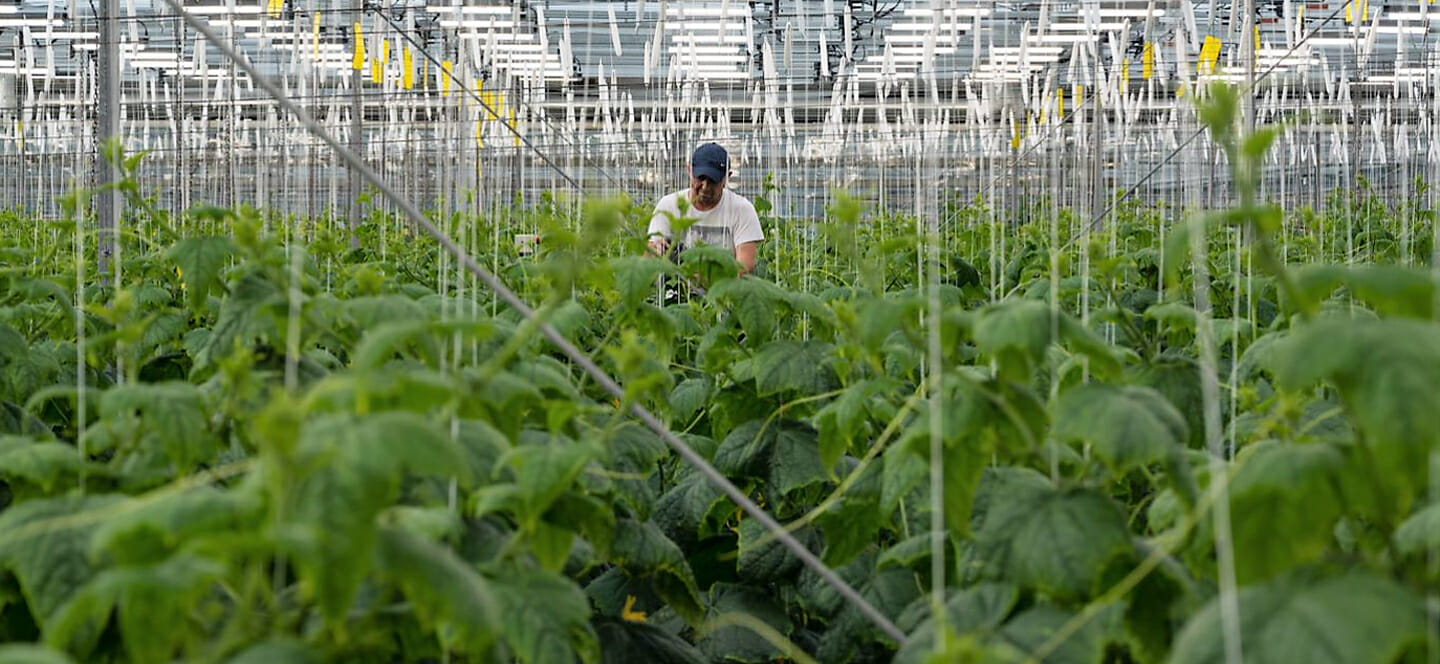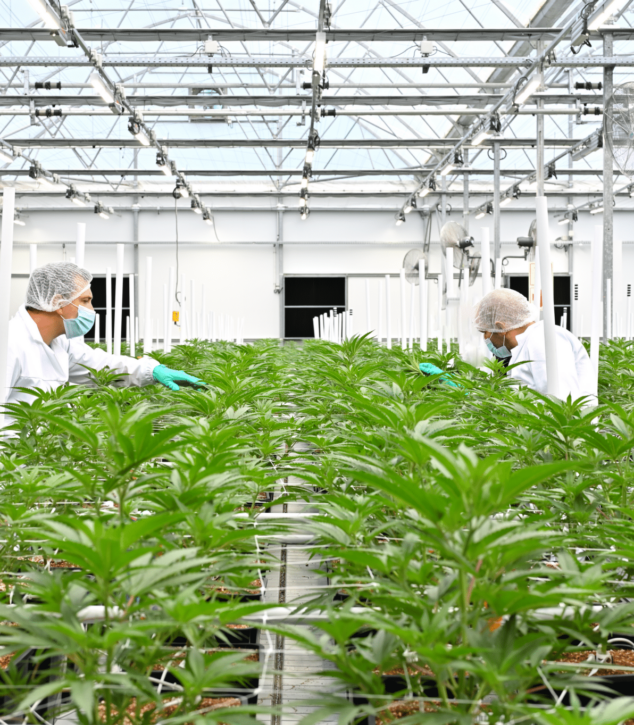What is Nitrate?
Are nitrates a concern for human health? To understand this ion and its effects on people, let’s first define what nitrate is.
Nitrate is a common inorganic ion found in plants that is required for proper growth and development. Many growers include the addition of nitrates in their nutrient regiment to stimulate plant growth. Plants acquire nitrate through root intake from the soil and water around them. Its primary role in plants is to make proteins, which have many functions such as producing proper foliage (leaves), chlorophyll (the pigment that allows plants to absorb light and convert it into energy through photosynthesis), and flowers. Nitrate also has many other vital roles such as creating ATP (the energy currency of the cell) and making DNA (Beatty et al., 2016). Nearly all plants contain nitrates, although the plants with the highest concentrations are spinach, lettuce, beets, parsley, leeks, and cabbage. Even with the highest concentrations, when eaten in moderation, they have not been found to pose significant health concerns and can even have several health benefits (Brkic et al., 2014).
What most people don’t know is that they likely consume nitrates every day. Nitrates are most commonly found in vegetables, which make up about 80% of our nitrate intake (Temme, 2011). The rest of our nitrate consumption comes from drinking water and meat. Once consumed, the nitrate is broken down into nitrite, which is essential to our bodies.The human body produces nitrite that is stored in our cells to later be converted into nitric oxide which is used by the body to relax blood vessels and increase blood flow which lowers blood pressure (Lidder and Webb, 2013).
Nitrate’s Impact on Human Health
When consumed in large quantities, nitrates can lead to two main health effects:
- The formation of nitrosamines which are classified as carcinogens
- Changes in hemoglobin which our body uses to transport oxygen.
Worry over nitrate consumption began in the 1970’s when it was discovered that nitrates in the presence of amines or amides under high heat would get converted to nitrosamines which were linked to cancer (Brkic et al., 2014). This was mainly a concern in processed meat due to the way meat is prepared with added sodium nitrate as a preservative. This led to the FDA regulations on the amount of preservatives that can be added to processed meat. It was also discovered that vitamin c, an antioxidant, can reverse the formation of nitrosamines and was then added to meat in order to prevent nitrosamine formation (Weisburger, 1977). The second health issue from nitrate is when it comes into contact with hemoglobin and reacts to produce methemoglobin which reduces the ability of the blood to transport oxygen (Fewtrell, 2004).
The average healthy adult eating in moderation would generally never run into any issues with nitrate intake. The group of people most susceptible are pregnant women, who have naturally higher levels of methemoglobin, and babies, whose stomachs aren’t as acidic as adults allowing carcinogenic compounds to form and have different levels and forms of hemoglobin. The greatest factor for concern regarding nitrate poisoning is your drinking water (Fewtrell, 2004). The issues are found mainly in contaminated wells which due to runoff and quality of the soil, can have high concentrations of nitrate. This is generally not a concern for bottled water and city water which is regulated by the FDA to have safe nitrate concentrations.
Conclusion
Should growers be concerned about nitrate intake from plants? The simple answer is “no.” It is very unlikely that nitrate intake from plants would ever reach concentrations considered dangerous to humans. Also, the health benefits from vegetables in general as well as the decrease in blood pressure that nitrates produce can outweigh the concern.
The more complicated answer is “possibly”, if your drinking water is contaminated with nitrates and you consume a large amount of meat in your daily diet, then your nitrate intake could become toxic. Therefore, with a careful eye on where your water comes from and how much meat you consume, the nitrate from plants won’t be a worry but instead, a great health benefit.
References
- Beatty PH, Klein MS, Fischer JJ, Lewis IA, Muench DG, Good AG. Understanding Plant Nitrogen Metabolism through Metabolomics and Computational Approaches. Plants (Basel). 2016;5(4):39. Published 2016 Oct 10. doi:10.3390/plants5040039
- Brkić D, Bošnir J, Bevardi M, et al. NITRATE IN LEAFY GREEN VEGETABLES AND ESTIMATED INTAKE. Afr J Tradit Complement Altern Med. 2017;14(3):31–41. Published 2017 Mar 1. doi:10.21010/ajtcam.v14i3.4
- Fewtrell L. Drinking-water nitrate, methemoglobinemia, and global burden of disease: a discussion. Environ Health Perspect. 2004;112(14):1371–1374. doi:10.1289/ehp.7216
- Lidder S., Webb A.J. Vascular effects of dietary nitrate (as found in green leafy vegetables and beetroot) via the nitrate-nitrite-nitric oxide pathway. Br. J. Clin. Pharmacol. 2013;75:677–696. doi: 10.1111/j.1365-2125.2012.04420.x.
- Temme EH, van devijvere S, Vinkx C, Huybrechts I, Goeyens L, van Oyen H. Average daily nitrate and nitrite intake in the Belgian population older than 15 years. Food Addit Contam Part A Chem Anal Control Expo Risk Assess. 2011;28:1193–204.
- Weisburger JH (1977). Vitamin C and prevention of nitrosamine formation. Lancet, 2:607.




